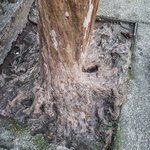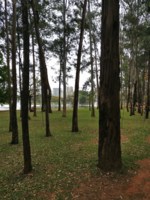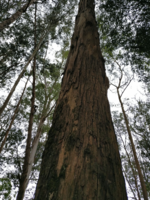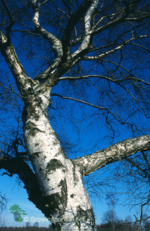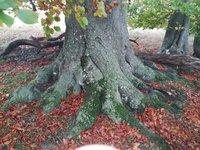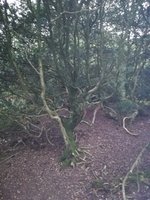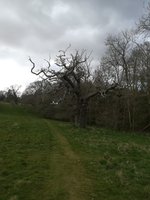Forsoothe!
Imperial Masterpiece
Speaking of hornets' nests, there are really two kinds of bonsai: those that look like trees, and those that look like bonsai. I'd like to begin this discussion with the small area of nebari. Nebari is highly regarded, and in my view to the point of ridiculousness, or should I say out of proportion to real life. I suppose there are places in the world with trees that are very old that have nebari that are in the proportions that are specified as good bonsai of nebari verses trunk caliper verses height of the tree. There are zero in Michigan. As a matter of fact, I have never seen one anywhere outside of pictures from distance lands, and very few of those fit those bonsai relationships. To me, the standard "good" bonsai proportions don't look like real trees. Real trees with giant nebari are a hundred feet tall.
Those standard "good" bonsai trees can be beautiful. A large number of people in hobby bonsai go through all the machinations to get to that end product and almost always they have to make their way through the chop, grow, chop, grow cycles that take years and years and years and come out with a 'Tater. I see others patting them on the back and raving how great these trees are. They don't have proportional branches and still have ordinary leaves that cover the giant scars and terminus of the trunk which is most often still a stump or a big wound. My bias doesn't allow me to do more than wince because they do not look like real trees, and again, I say absolutely no real trees that I have ever seen in the flesh.
I invite others to explain why or how a bonsai that doesn't look like a tree is superior to a tree in a pot that looks like the trees in my yard, my local forests, my whole country. And while you're at it, show me some pictures of real trees in your environs that meet these "good" bonsai proportions that I consider absurd. I grant all comers the privilege of calling me bad names if you feel you must. Try to add something of substance to the conversation while you're at it.
Those standard "good" bonsai trees can be beautiful. A large number of people in hobby bonsai go through all the machinations to get to that end product and almost always they have to make their way through the chop, grow, chop, grow cycles that take years and years and years and come out with a 'Tater. I see others patting them on the back and raving how great these trees are. They don't have proportional branches and still have ordinary leaves that cover the giant scars and terminus of the trunk which is most often still a stump or a big wound. My bias doesn't allow me to do more than wince because they do not look like real trees, and again, I say absolutely no real trees that I have ever seen in the flesh.
I invite others to explain why or how a bonsai that doesn't look like a tree is superior to a tree in a pot that looks like the trees in my yard, my local forests, my whole country. And while you're at it, show me some pictures of real trees in your environs that meet these "good" bonsai proportions that I consider absurd. I grant all comers the privilege of calling me bad names if you feel you must. Try to add something of substance to the conversation while you're at it.
Last edited:

